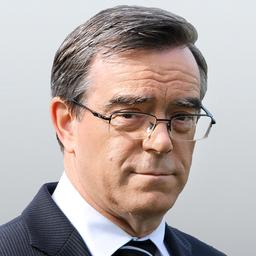Commentary
Remember the big fad a few years back for “evidence-based decision-making”? It always made me wonder what other basis might exist. And mutter, “Many talk of Robin Hood who never pulled his bow” because people fond of intoning it often seemed to use it as a substitute for rigorously checking their opinions against facts not a pointed reminder to do so. For instance in the vexed issue in Canada of all those unmarked graves of aboriginal kids who died, or maybe even were killed, in residential schools.





